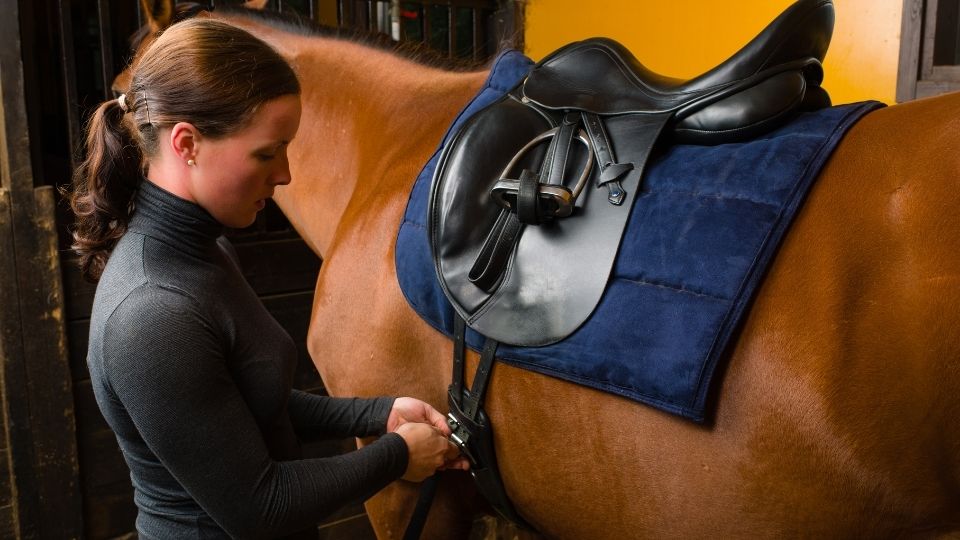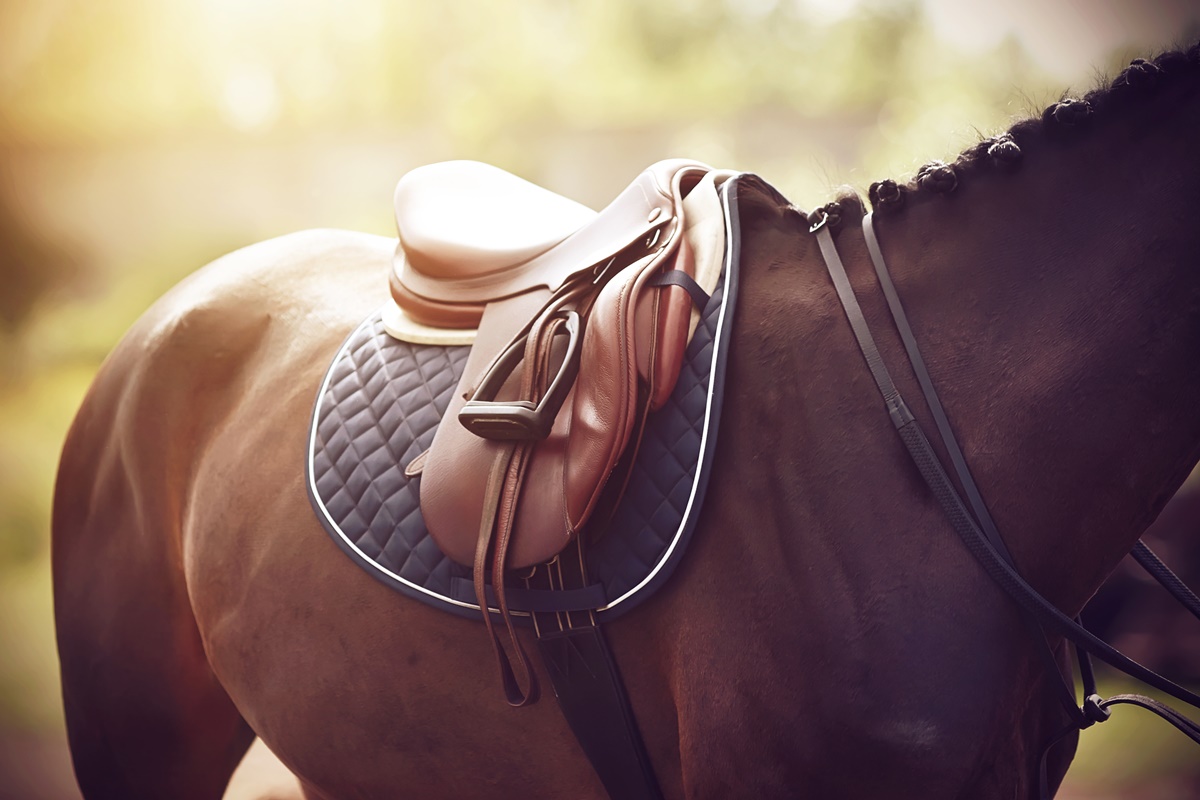
How to Fit a Saddle to a Horse for Perfect Comfort?
Share
As a health-conscious pet owner, ensuring your horse's comfort isn't just about choosing the right type of saddle but also about how to fit a saddle to a horse properly. A well-fitted saddle enhances your horse's performance and contributes to its overall well-being. In this article, we will delve into every aspect of saddle fitting to ensure your beloved equine is both happy and healthy.
Understanding how to fit a saddle to a horse involves various factors including saddle types, horse anatomy, and adjustments you can make for the best fit. Let's start by identifying critical elements to consider in saddle fitting.

The Importance of Proper Saddle Fitting
Many owners underestimate the importance of correctly fitting a saddle. An ill-fitted saddle can lead to numerous issues including back pain, behavioral problems, and even permanent damage to your horse.
- Health Issues: An improper fit can cause pressure points that lead to pain and discomfort.
- Performance: A poorly fitted saddle can hinder your horse's performance, affecting their ability to move freely.
- Behavior Changes: Discomfort from a bad saddle fit may cause your horse to become resistant or show signs of aggression.

Factors to Consider When Fitting a Saddle
Before you begin the fitting process, familiarize yourself with the following essential components:
1. Horse Anatomy and Confirmation
Understanding horse anatomy is crucial when fitting a saddle. Key areas to pay attention to include:
- Withers: The area where the neck meets the back which plays a significant role in saddle positioning.
- Back Shape: Horses have different back shapes like flat, curved, or dip-backed, affecting saddle fit.
- Shoulder Width: The width of the shoulders influences how much shoulder clearance youll need in a saddle.
2. Saddle Types
Different types of saddles are designed for various activities. Here are a few common types:
- English Saddles: Optimal for dressage and jumping.
- Western Saddles: Designed for long rides and ranch work.
- All-Purpose Saddles: Suitable for a variety of riding disciplines.
3. Saddle Pad Selection
Using the right saddle pad aids in better fit and provides comfort. Options include:
- Thick Pads: Ideal for horses with little muscle development.
- Thin Pads: Best for horses with well-defined musculature.

How to Fit a Saddle to a Horse: Step-by-Step Guide
Follow these steps to ensure a proper saddle fit:
Step 1: Choose the Right Saddle
Before getting into the specifics of fitting, select a saddle that complements your horse's type and style of riding.
Step 2: Position the Saddle
Place the saddle approximately two inches behind the withers. It should sit level on the horse's back.
Step 3: Check the Gullet Width
The gullet should clear the withers by about an inch. Make sure that the saddle doesn't pinch the back or withers.
Step 4: Evaluate the Saddle Fit
With the saddle in place, run your hand under the panels to check for pressure points. Slide your hand along the horse's back to ensure there are no tight spots.
Step 5: Adjust Straps and Billets
Ensure that the girth is adjusted correctly and not over-tightened.

Testing for Comfort and Fit
After fitting, take your horse for a short ride to observe the following:
- Movement: Watch how your horse moves. Is there any resistance or discomfort?
- Behavior: Pay attention to your horse's temperament during the ride.
Common Saddle Fitting Mistakes
Health-conscious pet owners often overlook these common mistakes:
- Forgetting About Clearance: Failing to maintain proper clearance can lead to injury.
- Ignoring Horse Movement: Not considering how your horse moves can negatively affect fit.
- Neglecting Regular Adjustments: Horses' bodies change, necessitating regular saddle adjustments.
Conclusion
Knowing how to fit a saddle to a horse is essential for the welfare and happiness of your equine. The right fit ensures both comfort and performance, keeping the bond between horse and rider strong.
For more insights on related topics, check out saddle feathers, saddle weight, or learn basic horse care.
FAQs
1. How can I tell if my saddle fits well?
Check for adequate clearance at the withers and ensure that there are no pressure points along the horse's back.
2. Should I fit a saddle for every riding activity?
Yes, different riding activities may require specific saddle types designed for optimal performance.
3. How often should I check my saddle fit?
You should check your saddle fit regularly, especially if your horse's weight or muscle tone changes.
As an Amazon Associate, I earn from qualifying purchases.
